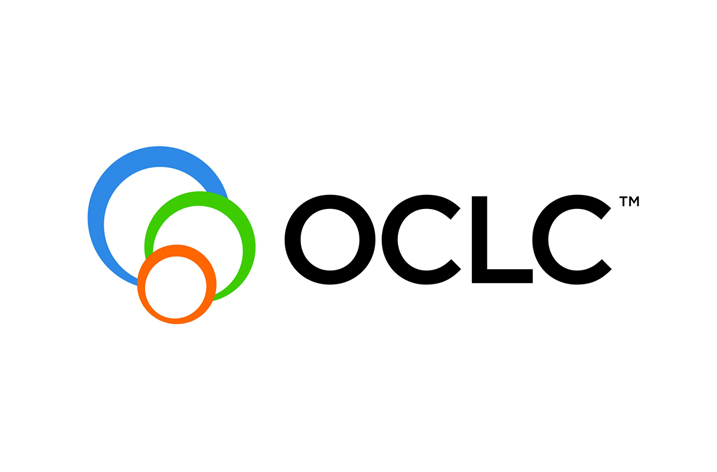
OCLC is working with seven leading libraries in a pilot program designed to learn more about how linked data will influence library workflows in the future.
The Person Entity Lookup pilot will help library professionals reduce redundant data by linking related sets of person identifiers and authorities. Pilot participants will be able to surface WorldCat Person entities, including 109 million brief descriptions of authors, directors, musicians and others that have been mined from WorldCat, the world’s largest resource of library metadata.
By submitting one of a number of identifiers, such as VIAF, ISNI and LCNAF, the pilot service will respond with a WorldCat Person identifier and mappings to additional identifiers for the same person.
The pilot will begin in September and is expected to last several months. The seven participating libraries include Cornell University, Harvard University, the Library of Congress, the National Library of Medicine, the National Library of Poland, Stanford University and the University of California, Davis.
“This pilot will allow us to gain important feedback from key library partners so we can determine how services might be developed to meet library needs,” said Mary Sauer Games, OCLC Vice President, Product Management. “This is an important step in our commitment to work with libraries to understand their workflow requirements as they begin to work with linked data.”
Linked data is a method of publishing structured data so that it can be easily understood by computers, resulting in opportunities for improved discovery of library collections through a variety of popular sites and Web services, including Google, Wikipedia and social networks.
WorldCat is a set of databases that together comprise the most comprehensive global network of data about library collections and services. WorldCat data is contributed, maintained and shared by libraries around the world and is managed and enhanced by OCLC. WorldCat data supports a range of OCLC and partner services, driving efficiency in library management, improving discovery of library collections and increasing the visibility of libraries on the Web.
























